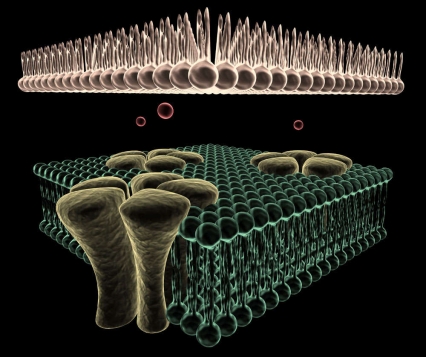Tobacco use remains the leading preventable cause of death worldwide yet current FDA-approved anti-smoking agents have been only moderately effective in maintaining abstinence. In addition, cocaine is a powerfully addictive stimulant for which no pharmacological treatments are currently available. Both nicotine and cocaine have rewarding effects that are responsible for motivating repeated drug-taking behavior. Acetylcholine receptors (nAChRs) in the brain mediate some of these rewarding effects. Studying the subtypes of these receptors is important for understanding how these drugs produce their rewarding effects.
In this study, researchers compared the role of different nAChRs subtypes in the expression of nicotine and cocaine reward. In the nucleus accumbens, a brain region responsible for mediating the effects of both natural and drug-related rewards, researchers found that α6β2* and α4β2* nAChRs play an important role in nicotine reward in the brain of mice. In addition, they found that α6β2* nicotinic receptor subtypes played a critical role in the rewarding effects of cocaine. These findings suggest that α6β2* nAChRs may play a role in addiction and may represent a potential target for treating nicotine and cocaine addiction.

